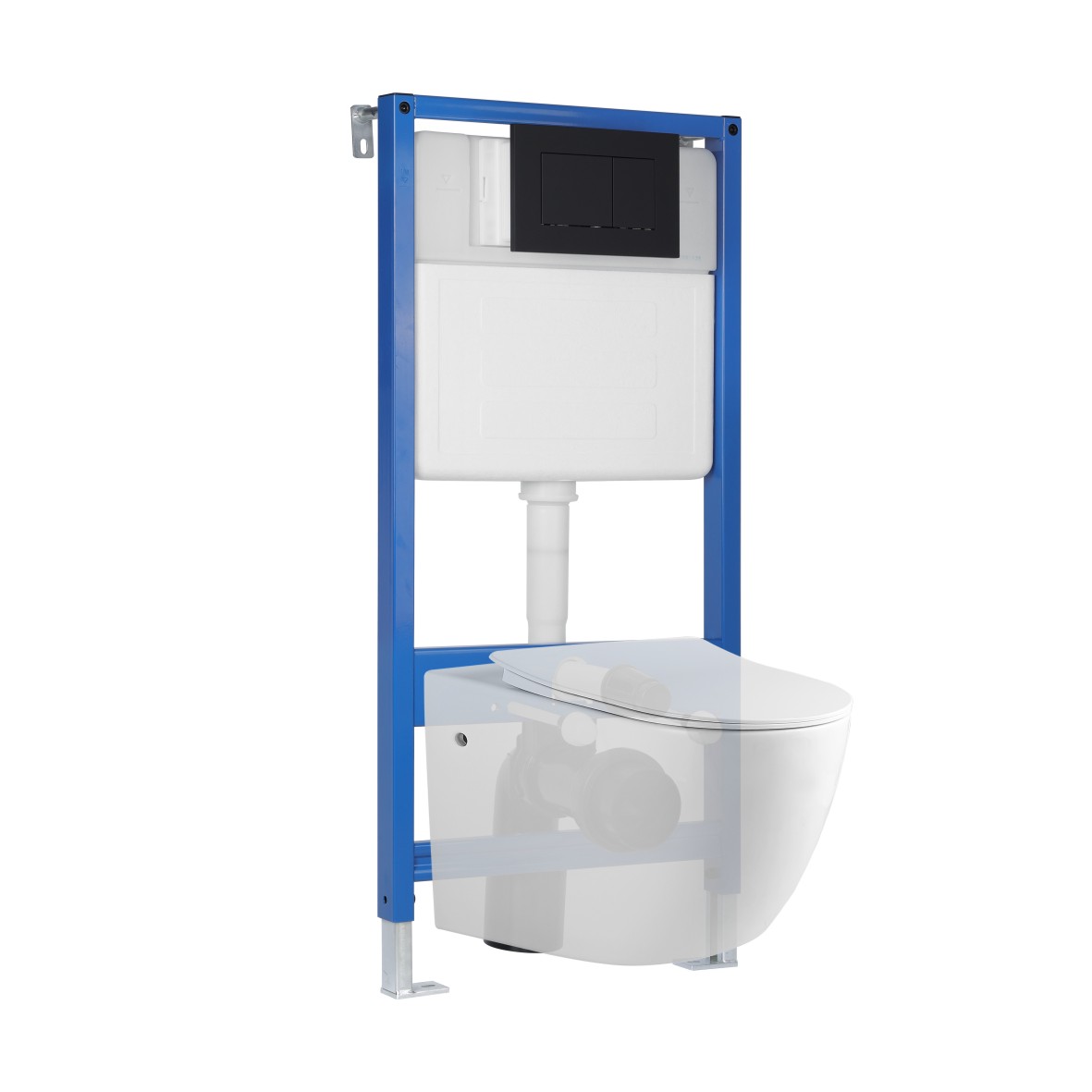When it comes to choosing a toilet tank, most people don’t give it much thought—until something goes wrong.
But understanding the differences between mechanical and pneumatic toilet tanks can save you from headaches down the line, whether you’re building a new home or upgrading your bathroom. Let’s break down how each system works, their pros and cons, and which one might be the best fit for your needs.
How They Work: The Basics
Mechanical Toilet Tanks: Traditional and Reliable
Mechanical toilet tanks are the tried-and-true workhorses you’ve probably used in most homes. Here’s their simple operating principle:
When you press the flush handle, it lifts a chain or rod connected to a rubber flapper at the bottom of the tank.
The flapper opens, releasing water into the bowl to flush waste.
As the tank empties, a float (usually a hollow ball or cylinder) drops with the water level.
This float is linked to a valve that opens to refill the tank with water from your home’s plumbing.
Once the tank is full, the float rises back up, closing the valve until the next flush.
It’s a straightforward system with few moving parts, which is why it’s been around for decades.
Pneumatic Toilet Tanks: Modern and Pressure-Driven
Pneumatic systems, on the other hand, use air pressure to power the flush—no chains or levers required. Here’s how they operate: Instead of a float, these tanks use a pressure chamber that fills with water and trapped air when the tank refills. When you press the flush button (or in some cases, wave a hand near a sensor), it triggers a valve that releases the compressed air. The air pressure forces water into the bowl with more force than a mechanical system, creating a stronger flush. After flushing, the chamber refills, and the air is recompressed, ready for the next use. Many modern high-efficiency toilets (HETs) use pneumatic technology to save water while maintaining flushing power.
Performance: Flush Power and Water Efficiency Flush Strength Mechanical tanks rely on gravity to move water, which is usually sufficient for everyday use but can struggle with large waste loads. If you’ve ever had to flush twice, it’s likely because of a mechanical system’s limited pressure. Pneumatic tanks, however, use air pressure to push water more forcefully. This makes them better at clearing the bowl in a single flush, which is especially useful in households with heavy toilet use.
Water Usage
Traditional mechanical tanks often use 1.6 gallons per flush (gpf) or more, though newer models can be as low as 1.28 gpf. Pneumatic systems, by contrast, are designed for efficiency—many use 1.0 gpf or less without sacrificing performance. This can lead to significant water savings over time, making them a greener choice.
Installation Complexity
Mechanical tanks are easier to install because they have fewer components and don’t require special adjustments for air pressure. Plumbers are familiar with their simple design, so installation is usually quicker and less expensive.
Pneumatic tanks, while not overly complex, need precise setup to ensure the pressure chamber works correctly. They may also require electrical connections for sensor-based models, adding a bit more to the installation process.
Maintenance and Repairs
Mechanical systems are a breeze to repair. Common issues—like a broken chain or a worn-out flapper—can be fixed with basic tools and replacement parts available at any hardware store. Even homeowners with little DIY experience can handle these repairs. Pneumatic tanks have fewer moving parts, but when something goes wrong (like a leak in the pressure chamber or a faulty sensor), repairs are more specialized. Replacement parts may be harder to find, and you might need to call a professional, which can be costlier.
Cost Comparison Mechanical tanks are generally cheaper to purchase,Pneumatic tanks make up for their higher upfront cost with lower water bills. Over 10 years, the average household could save hundreds of dollars on water expenses with a pneumatic system. Which One Should You Choose? Go mechanical if: You prefer simplicity, want lower upfront costs, or have a plumber who’s more comfortable with traditional systems. They’re also a good choice for guest bathrooms with light use.
Go pneumatic if: Water efficiency is a priority, you want stronger flushing power, or you’re building an eco-friendly home. They’re ideal for busy households where performance and savings matter most. Final Thoughts Both mechanical and pneumatic toilet tanks have their place. Mechanical systems offer reliability and affordability, while pneumatic systems bring efficiency and power.
Consider your budget, water usage habits, and maintenance preferences—and don’t forget to consult a plumber for advice tailored to your home’s plumbing setup.
No matter which you choose, a well-maintained toilet tank will keep your bathroom running smoothly for years to come!
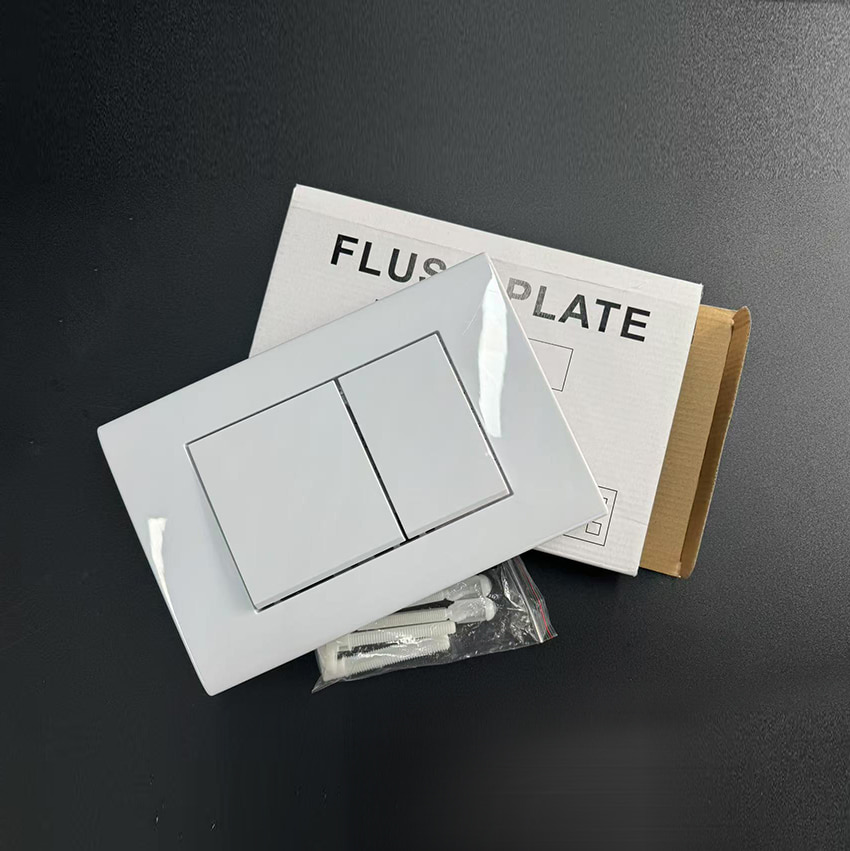 Medical & HealthcareWhatever you needs, CARESTONE is at your side.
Medical & HealthcareWhatever you needs, CARESTONE is at your side. Beauty SPA & HairdressingWhatever you needs, CARESTONE is at your side.
Beauty SPA & HairdressingWhatever you needs, CARESTONE is at your side.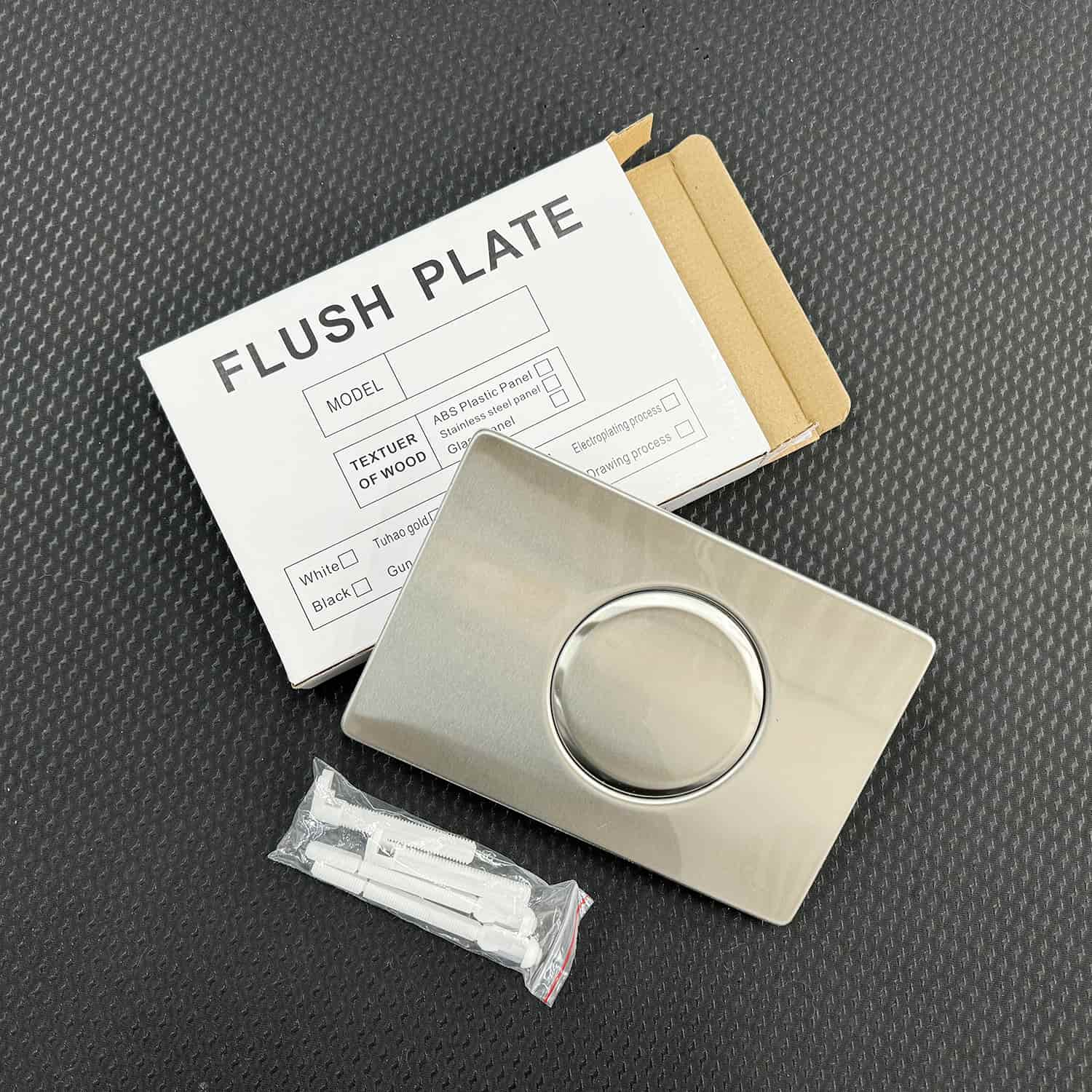 Food Processing & CateringWhatever you needs, CARESTONE is at your side.
Food Processing & CateringWhatever you needs, CARESTONE is at your side. Medical & HealthcareWhatever you needs, CARESTONE is at your side.
Medical & HealthcareWhatever you needs, CARESTONE is at your side.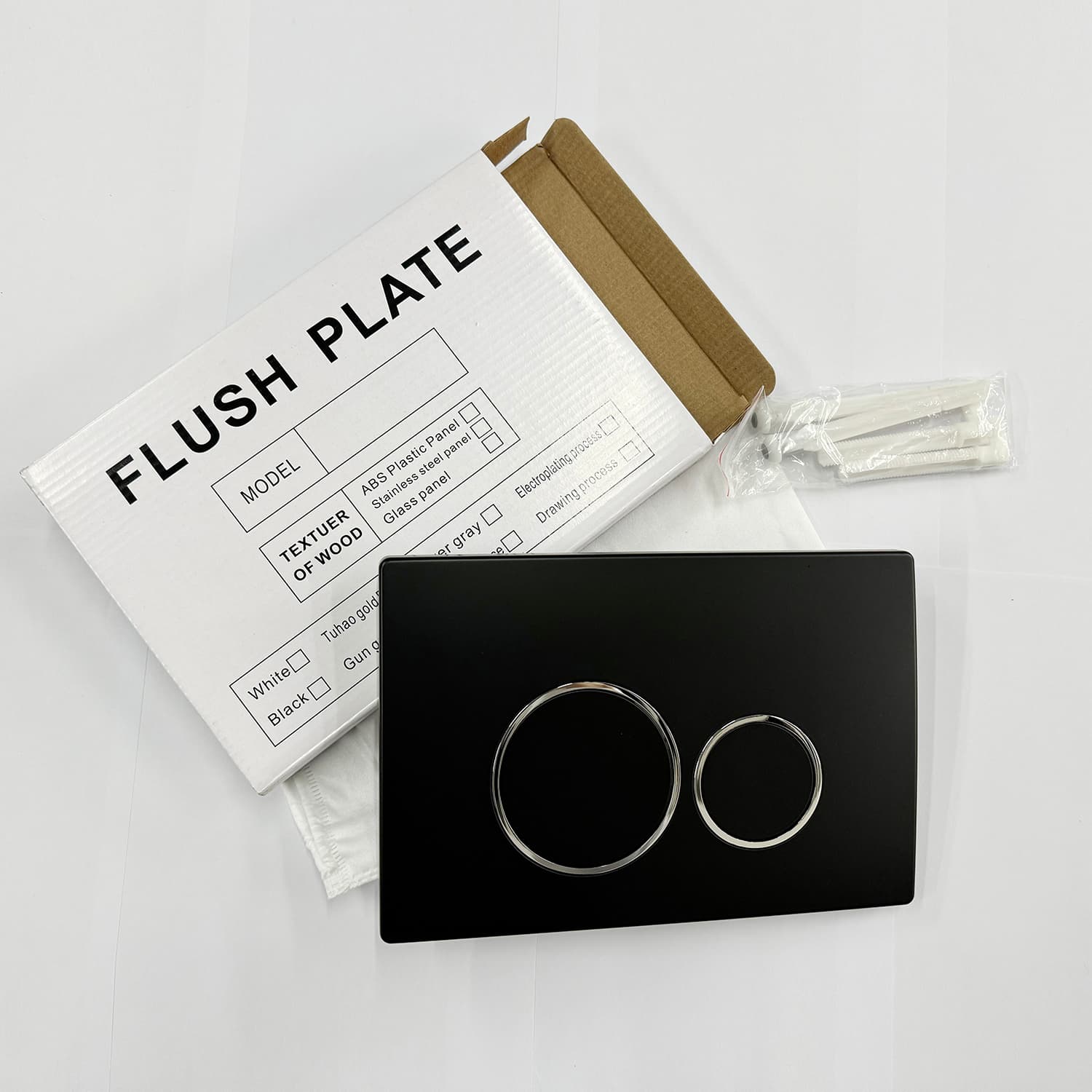 Beauty SPA & HairdressingWhatever you needs, CARESTONE is at your side.
Beauty SPA & HairdressingWhatever you needs, CARESTONE is at your side.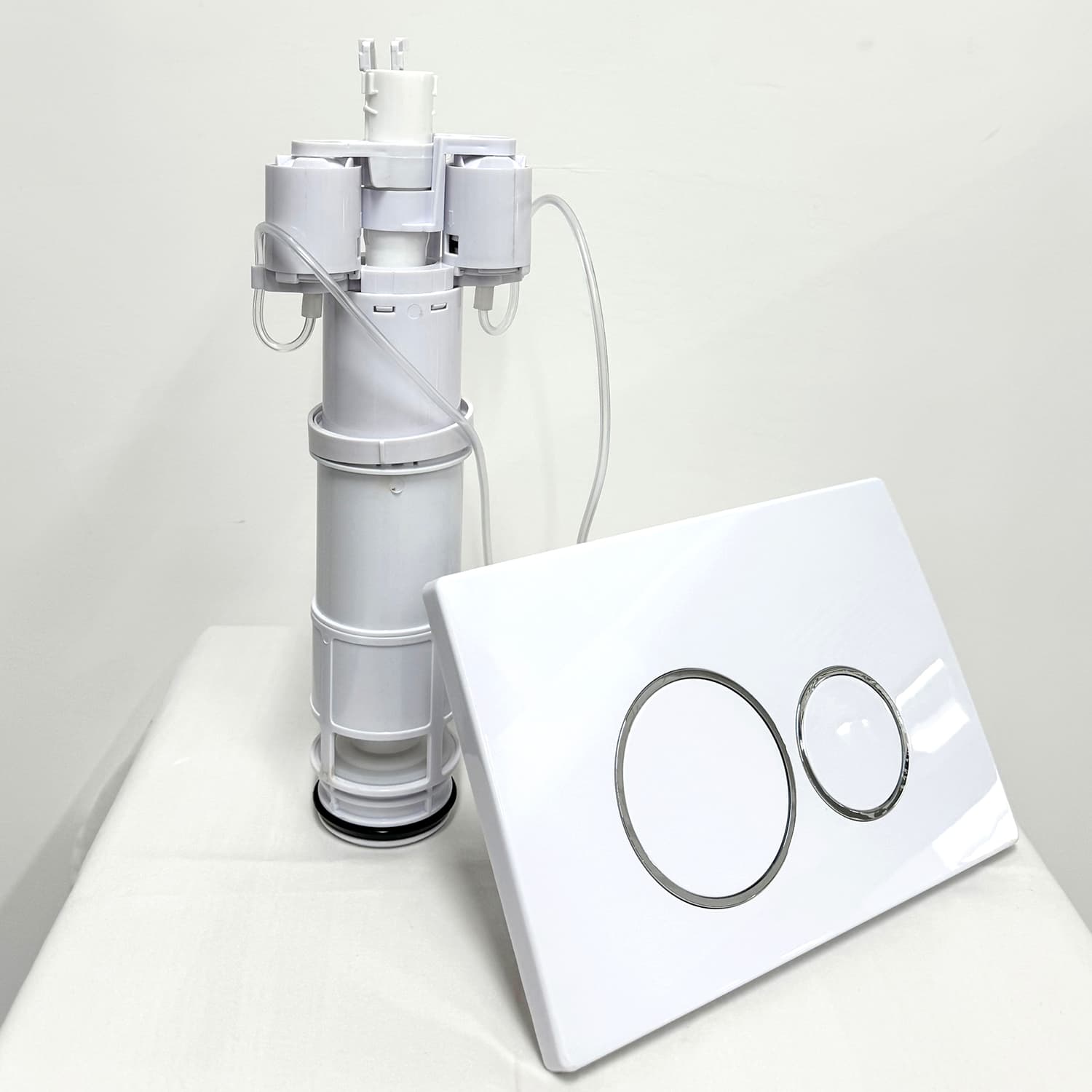 Food Processing & CateringWhatever you needs, CARESTONE is at your side.
Food Processing & CateringWhatever you needs, CARESTONE is at your side.